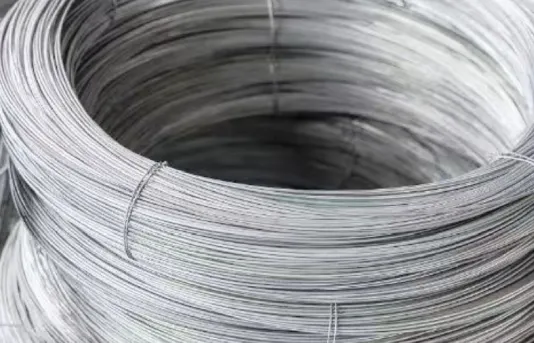-
 Phone:
Phone: -
 Email:
Email:

Different Varieties of Barbed Wire and Their Uses in Security and Agriculture
Types of Barbed Wire Understanding the Options
Barbed wire, a staple in fencing technology, has played a significant role in agriculture, security, and land management since its invention in the late 19th century. Its primary purpose is to deter intruders—whether animals or humans—from crossing boundaries. While the concept may seem straightforward, there are several types of barbed wire designed for various applications, each with distinct characteristics and benefits. This article will explore some of the main types of barbed wire available in the market today.
1. Standard Barbed Wire
Standard barbed wire is the most common type, consisting of two twisted wires with sharp barbs spaced along their length. Typically made from galvanized steel, it is both durable and resistant to rust, making it ideal for agricultural applications. Farmers commonly use standard barbed wire to fence livestock and protect crops from wandering animals. Its effectiveness lies in the sharpness of the barbs, which can deter even the most determined intruders.
2. Heavy-Duty Barbed Wire
For areas that require added strength and resilience, heavy-duty barbed wire is an excellent option. This type is thicker than standard barbed wire and features more robust barbs, ensuring it can withstand harsh weather conditions and external pressure. Heavy-duty barbed wire is commonly used in remote areas, military installations, and high-security zones where traditional fencing may not suffice. Its increased tensile strength prevents easy cutting, making it a formidable barrier.
3
. Electric Barbed WireElectric barbed wire combines the deterrent features of traditional barbed wire with electrical currents. This type of fencing is usually used in agricultural settings to keep livestock contained and protect property from intruders. The wire is designed to deliver a short, sharp shock when touched, which effectively trains animals to stay away from the boundary. Electric barbed wire is often installed alongside traditional barbed wire to enhance security, as the shock can deter even the most determined animals and intruders.
types of barbed wire

4. Coated Barbed Wire
Coated barbed wire offers an additional layer of protection against corrosion and wear, particularly in harsh environmental conditions. Available in various colors, it can be more aesthetically pleasing than traditional galvanized wire. The plastic coating prevents rust and degradation, making this wire suitable for coastal areas or regions with high humidity. Coated barbed wire is often employed in residential fencing, parks, and other locations where visual appeal and durability are equally prioritized.
5. Razor Barbed Wire
For maximum security, razor barbed wire is a preferred choice, especially in high-risk areas such as prisons, military facilities, and restricted zones. This type features sharp, flat barbs that can inflict serious injuries, making it nearly impossible for intruders to breach. Razor barbed wire is typically installed at the top of fences and walls to create a formidable barrier. The design is not only effective at preventing intrusion but also adds an element of intimidation.
6. Concertina Wire
Concertina wire is a type of razor wire that is coiled in a spiral, creating a compact and highly effective barrier that’s easy to install. When deployed, it expands outward, forming an impenetrable defense line. This type of fencing is commonly used in military installations and secure government facilities. The design allows for quick installation and quick removal when necessary, making it a versatile option in security operations.
Conclusion
Choosing the right type of barbed wire is essential for achieving the desired level of security and functionality. Each type of barbed wire serves specific purposes, from protecting agricultural lands to enhancing security in sensitive environments. By understanding the various types available, property owners can make informed decisions to ensure their boundaries are effectively secured against unwanted access. Whether for residential, agricultural, or commercial use, barbed wire remains a key component of effective fencing solutions.
-
Wire Mesh for Every Need: A Practical SolutionNewsJul.25,2025
-
Steel Fences: Durable, Secure, and Stylish OptionsNewsJul.25,2025
-
Roll Top Fencing: A Smart Solution for Safety and SecurityNewsJul.25,2025
-
Cattle Farm Fencing Solutions for Maximum SecurityNewsJul.25,2025
-
Affordable Iron Binding Wire SolutionsNewsJul.25,2025
-
Affordable Galvanized Wire SolutionsNewsJul.25,2025
-
Wire Hanger Recycling IdeasNewsJul.25,2025








